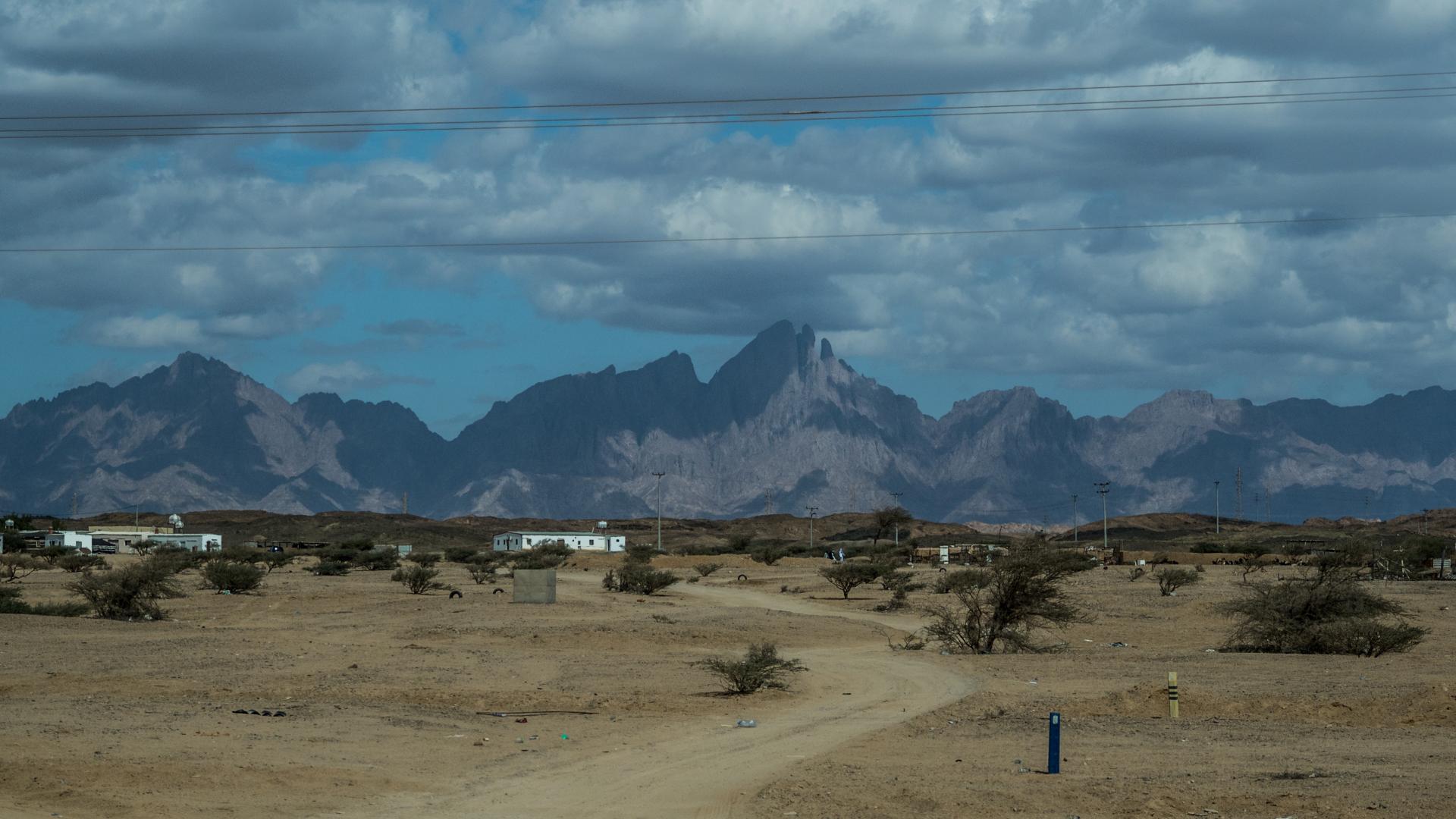© 2022 KAUST; Morgan Bennett Smith.
A combination of atmospheric measurements and fine-scale simulations has improved understanding of the modeling anomalies that arise when the model resolution approximates the length scale of turbulence features — an atmospheric simulation problem known as Terra Incognita. The research provides valuable insight into how best to link large- and small-scale simulations in a way that preserves the accuracy of physical processes at both scales.
Paul Giani from the University of Notre Dame in the USA, with colleague Paola Crippa and KAUST’s Marc Genton, sought to find a solution to this problem based on a deep understanding of how these physical processes are modeled.
“Accurately simulating how the atmosphere works, such as for calculation of winds, transport of pollutants, climate projections and weather forecasts, can be challenging given the wide range of spatial scales involved,” explains Giani. “Such simulations have to model both synoptic-scale winds, such as trade winds and monsoons, and local-scale turbulent flow induced by the presence of mountainous terrain or the built environment in urban areas. The coupling between these scales is very challenging and computationally demanding.”
The term Terra Incognita, or unknown land, refers to one of the biggest challenges in achieving this coupling. Conventionally, atmospheric models use grids consisting of cells of larger and smaller size depending on the expected scale of atmospheric process or disturbance: typically large cells covering many kilometers in global simulations, decreasing in size to a kilometer or less around mountains, cities and other physical features to capture local turbulence effects.
“At the Terra Incognita resolutions, most of the assumptions behind current turbulence models are violated,” says Crippa. “So, we designed different strategies to model turbulence at these resolutions to explore the magnitude of the problem and possible solutions.”
The team conducted fine-scale numerical simulations for the region around Riyadh in Saudi Arabia, where a very deep convective boundary layer (CBL) forms due to rising thermals, falling downdrafts and turbulence produced by strong solar radiation.
Read the full text.
